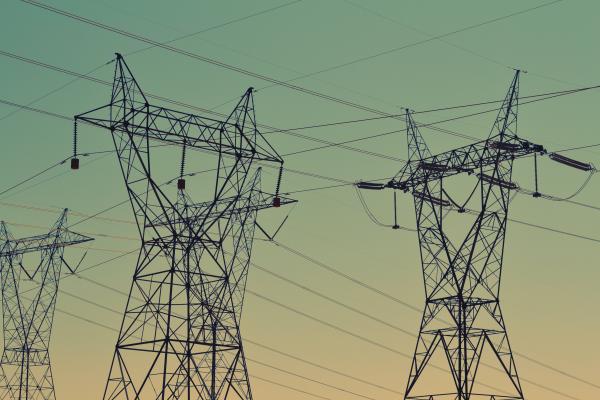
The power grid is the backbone of Europe’s transition to clean energy. With electricity set to become the main energy carrier, European countries need to ensure that their infrastructure is ready for the rapid uptake of renewables and new energy demand. However, the current grid structure struggles to adequately support renewable energy. Much needs to be done to effectively integrate renewable sources such as solar and wind, which are intermittent and decentralised.
The first high-level electricity grids forum — Future of our grids — Accelerating Europe’s energy transition — taking place in Brussels today, looks into ways to accelerate the development of electricity grids, be it through regulation, investment, faster planning and permitting, or manufacturing and skills across the continent. The conference brings together decision-makers in the grids sector, industry representatives and public and private financing partners.
Expanding transmission and distribution capacity, constructing interconnections, and bolstering energy storage capabilities to improve grid flexibility requires massive investment: According to the European Commission, investments of €584 billion will be needed to achieve EU renewable targets of 42.5% by 2030. On a global scale, the International Energy Agency estimates that investment in electricity grids needs to nearly double by 2030 to achieve net-zero CO2 emissions by 2050. For this to happen, public funding from national and EU budgets will be crucial, as will support from private investors.
For both, the work of the European Investment Bank (EIB) is key. It offers a wide range of financing products on favourable terms and provides advisory services to help prepare and implement projects. Often the Bank acts as a cornerstone investor, catalysing additional investment from the private sector. EIB lending to electricity networks has traditionally been high but increased further with the implementation of the current EIB energy lending policy, approved in 2019, and the Climate Bank Roadmap 2021-2025, which supports the European Green Deal. Over the last three years, the EIB has financed electricity networks at an average rate of €3.9 billion per year.
For instance, it purchased green hybrid bonds issued by Spain’s transmission system operator Redeia Corporación. It also participated in the hybrid bonds issued by Tauron and Energa to finance investment schemes in the electricity distribution network in Poland. The EIB finances the upgrade and expansion of electricity distribution grids such as those operated by the Czech national utility company ČEZ, and it has recently supported Spanish company Iberdrola with the modernisation and digitisation of its existing distribution networks. The Bank also supports cross-border interconnections of European common interest like the Celtic Interconnector between France and Ireland and NeuConnect between Germany and the United Kingdom, which connects two of Europe’s largest energy markets for the first time. EIB financing can be combined with grants, for example from the Connecting Europe Facility (CEF), a European Union programme to support the development of sustainable and efficiently interconnected trans-European networks in the fields of energy, transport and digital services.
Under the Climate Bank Roadmap 2021-2025, the EIB aims to mobilise €1 trillion of investments in climate action and environmental sustainability in the critical decade from 2021 to 2030 in addition to gradually increasing the share of its climate and environment financing to more than 50% of its operations by 2025. Another EU initiative that will help to build future-proof grids is REPowerEU, an ambitious plan to reduce EU dependence on fossil-fuel imports, launched in 2022. The EIB is supporting the plan with €45 billion in additional financing by 2027 — funds that will be directed not only to renewables, energy efficiency and breakthrough technologies, but also to grids, storage and the manufacturing of state-of-the-art net-zero products. All this is making a substantial contribution to the European Commission’s Green Deal Industrial Plan for the Net-Zero Age.